Perineoplasty (Perineorrhaphy)
The visible area between the vagina and the rectum is called the perineum. This is the region where episiotomies are cut and where tears during childbirth are most common. Perineoplasty (or Perineorrhaphy) aims to make this region appear normal by excising excess skin, loose skin tags, and suturing the underlying muscles or the perineal body closer together to give a more snug feeling in the introitus or vaginal opening. Most plastic surgeons who perform vaginoplasty surgery are actually performing perineoplasty surgery, a more superficial procedure that does not tighten the entire depth of the vaginal canal. This procedure has been advertised by many to “Enhance Sexual Gratification.” The procedure almost always accompanies vaginoplasty since you are working in the same area. This procedure takes 30 minutes to perform.
Patient History: Beautiful and active lady in her early sixties wanted a more pleasing appearance to her vulvovaginal area as well as improved tighness of her vaginal canal for a more satisfying intimate life. She did not like the dark labial edges and the “Camel Toes” appearance. She did not like the gas sounds made during intercourse. She wanted a more athletic and youthful appearance.
Surgery Performed: In-Office Labia Minora and Majora Plasty, Clitoral Hood Reduction, Vaginoplasty, Perineoplasty, Radiofrequency Resurfacing
Outcome: Excellent aesthetic appearance with a more petite look. Less gas noises with intercourse. More frictional forces with sexual relations and improved intimacy.
 Front Lying Before Surgery |
 Front Lying Immediately After Surgery |
 Front Lying After Surgery |
 Side Immediately After Surgery |
 Side Immediately After Surgery |
 Sizing Immediately After Surgery |
 Legs Up Side 1 After Surgery |
 Legs Up Side 2 After Surgery |
 Legs Up After Surgery |
Patient History: This professional young woman in her mid 40s complained of vaginal laxity and pelvic pressure. Bowel movements were sometimes difficult. She had multiple vaginal deliveries with the usual episiotomies and tearing. She complained of bulging of her perineal body (the space between the vagina and the rectum) when having bowel movements and found that pushing on this bulge helped get the stools out.
Surgery Performed: Posterior Compartment Repair, Vaginoplasty, Extensive Perineoplasty
Shown in the photographs are the steps performed in surgery. This surgery was done in our office under mild sedation, local anesthesia, and no IVs! You can see the vaginal mucosa at rest and with the patient pushing to illustrate the protruding rectocele. The perineum was rebuilt with multiple layers of sutures and the perineal bulging was eliminated. The entire lenght of the vaginal was also rebuilt by perfoming a vaginoplasty. THe Post-Op pictures at the end of the series shows excellent healing just six weeks after surgery. The small scar will fade within weeks to months and a smooth perineum will be seen.
Many plastic surgeons and general gynecologist perform simple perineoplasty with excision of triangular pieces of vaginal and perineal skin and mistakenly label it as a vaginoplasty. What is shown here is a more extensive and definitive approach to the problem of vaginal looseness. Simply performing a perineoplasty will not give the vaginal tightness deeper into the vagina. Perinoplasty surgery does not go deep into the vagina but intends to repair the damage of childbirth right at the opening of the vagina.
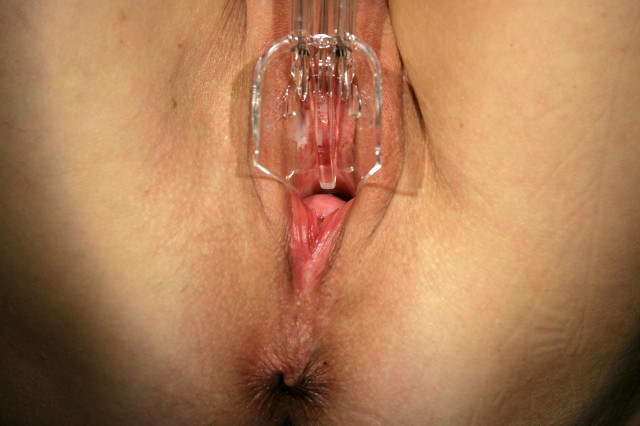 |
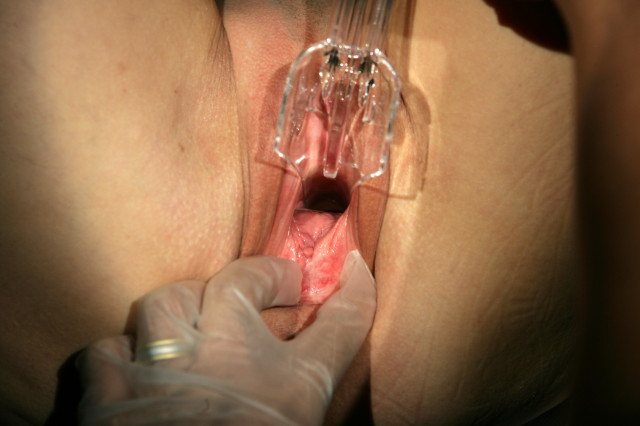 |
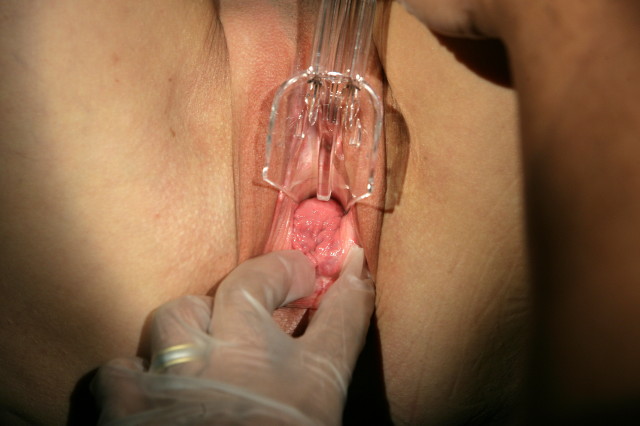 |
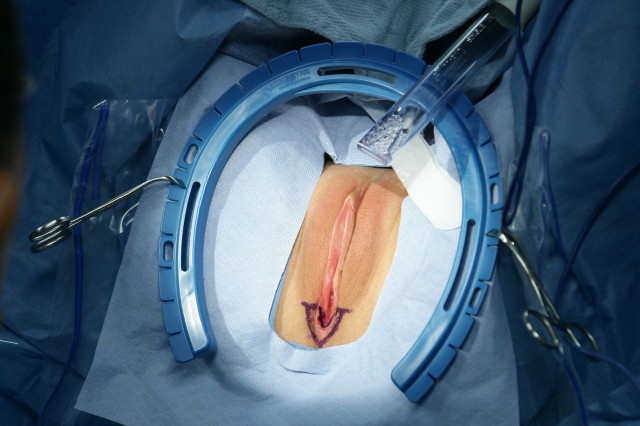 |
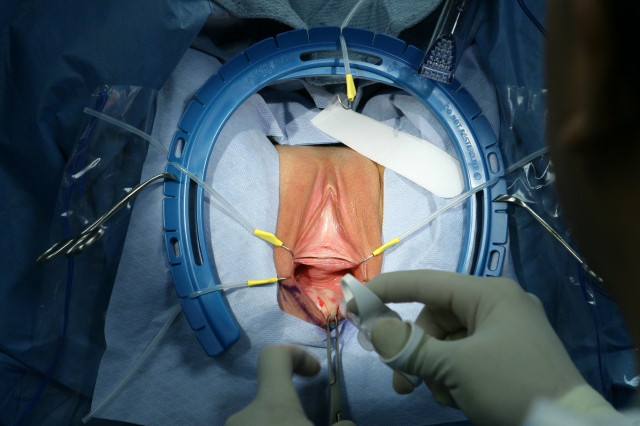 |
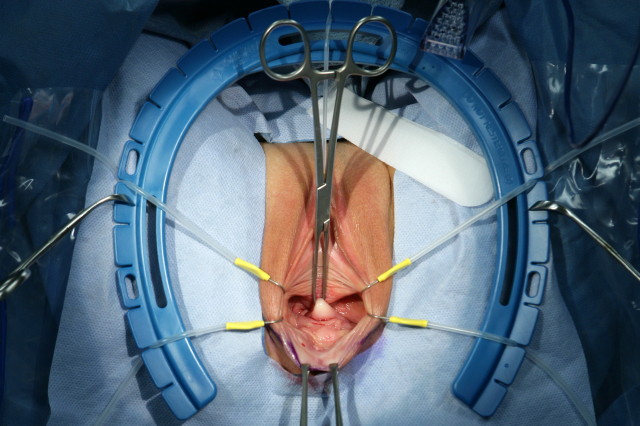 |
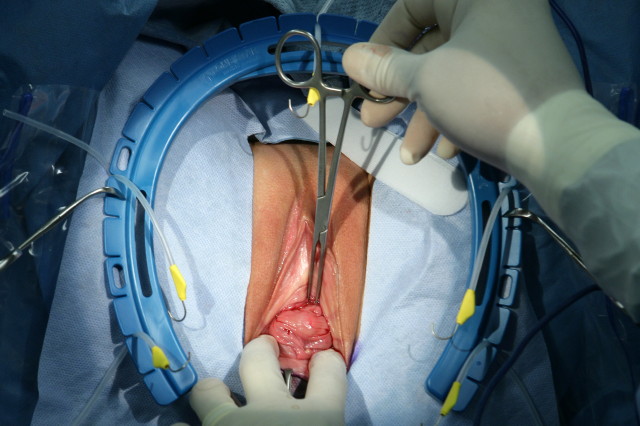 |
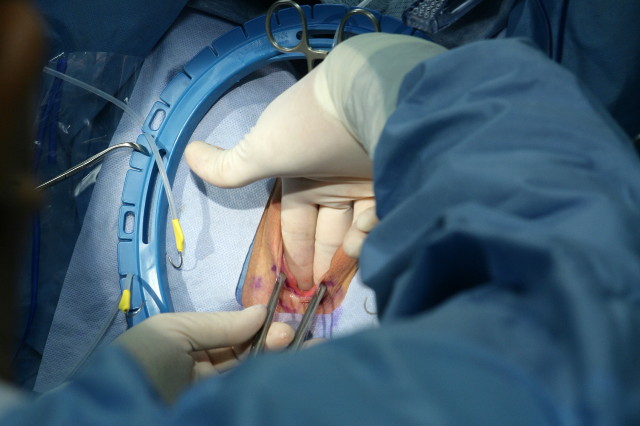 |
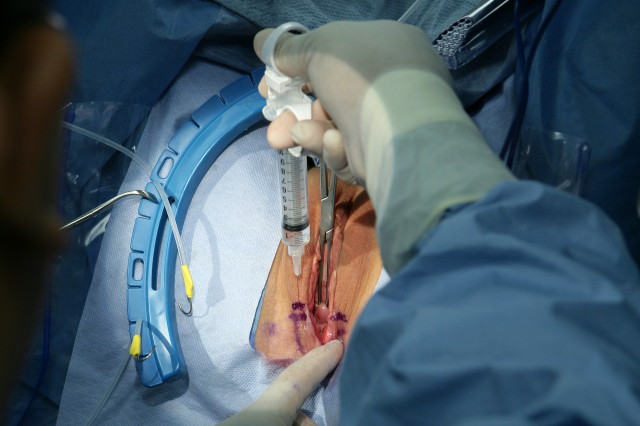 |
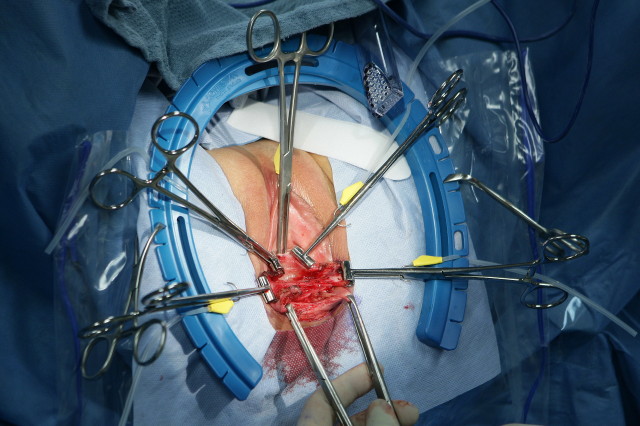 |
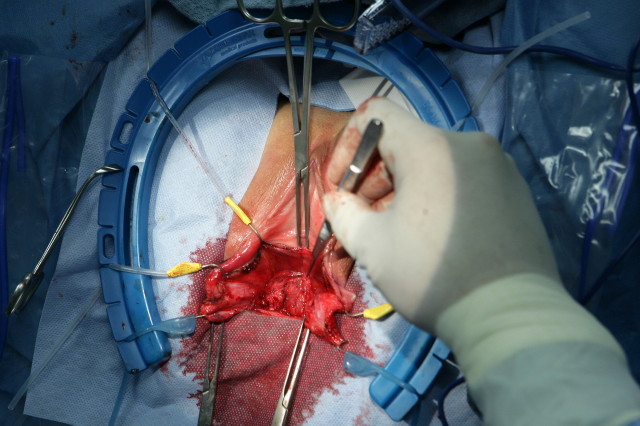 |
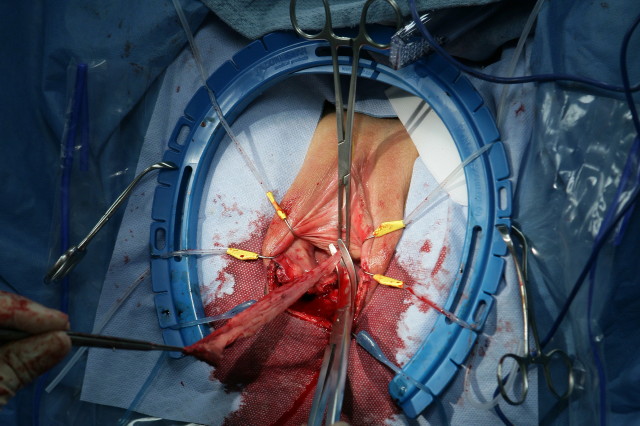 |
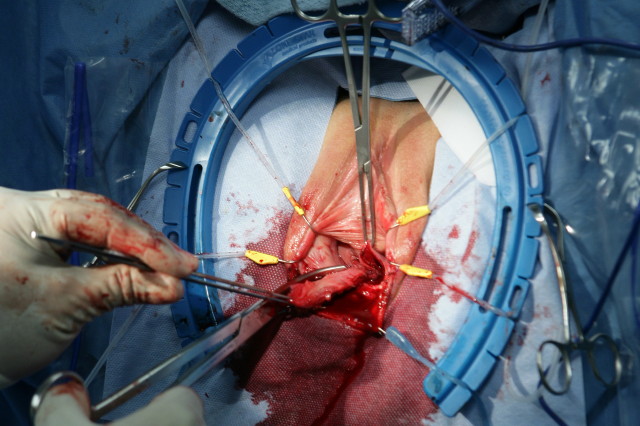 |
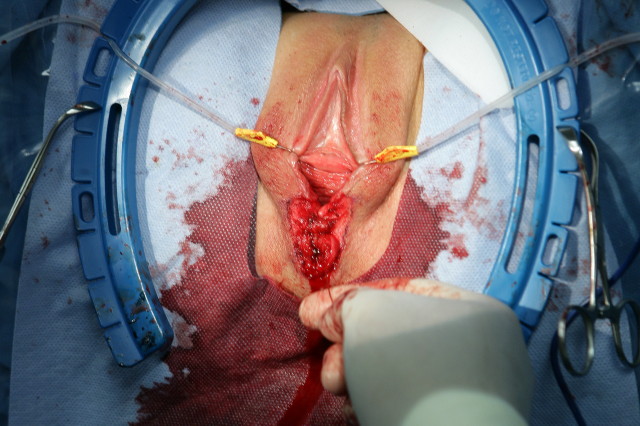 |
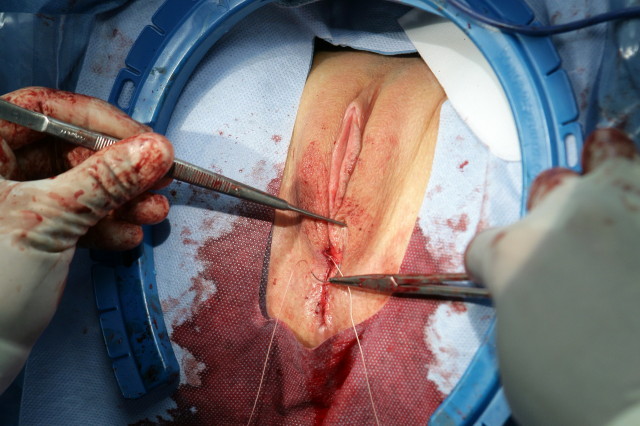 |
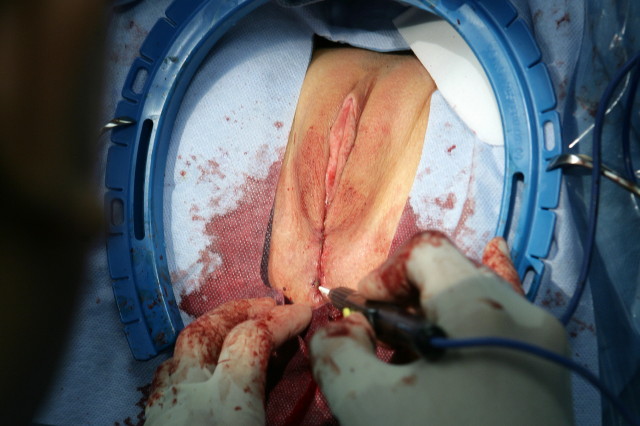 |
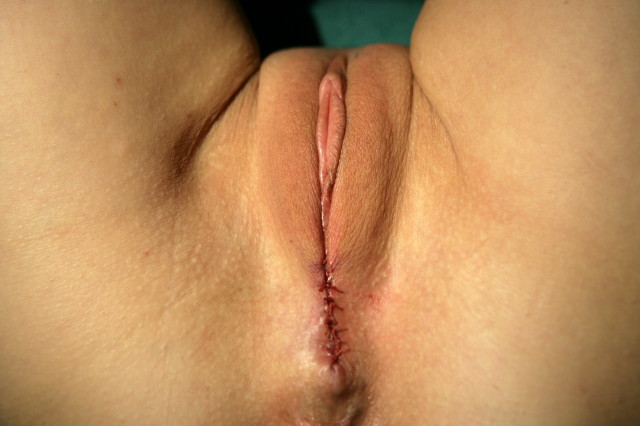 |
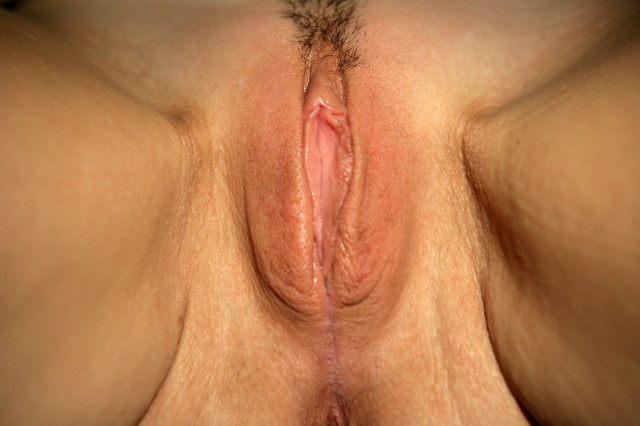 |
Outcome: She had pain and pressure for the first two weeks of surgery that slowly resolved. Her bowel movements improved dramatically and no bulging of the perineum occured. She started the vaginal softening exercises six weeks after surgery, the time these photographs were taken, and resumed a normal and active lifestyle. Both the patient and her husband were very happy with the tightened vaginal canal.